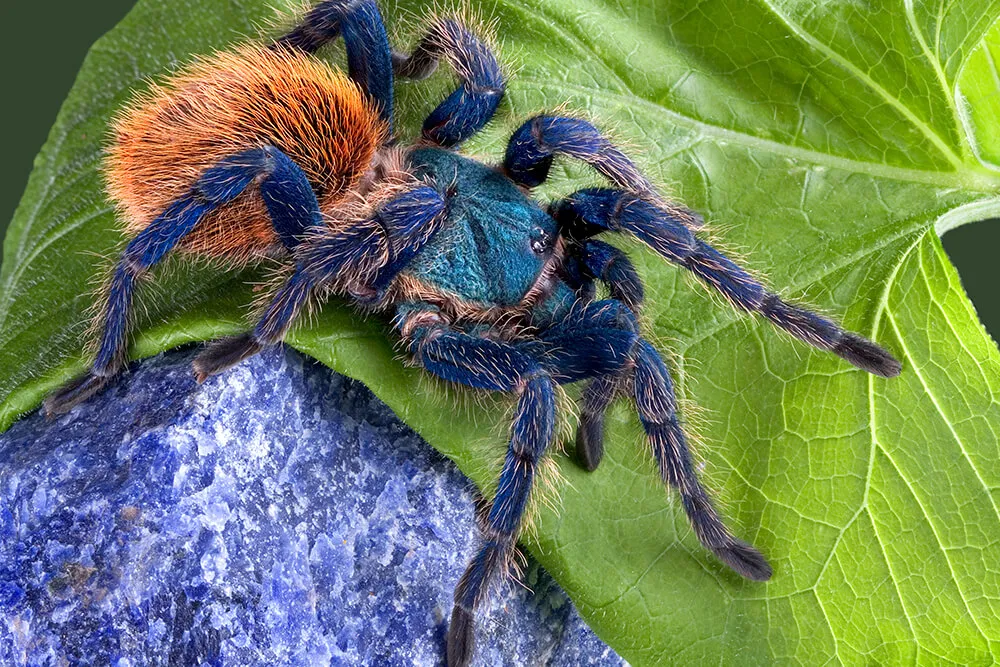What is a Tarantula?
Tarantulas are large, hairy spiders belonging to the Theraphosidae family. These fascinating creatures are found in various habitats worldwide, from tropical rainforests to deserts. Known for their size and often impressive coloration, tarantulas capture the attention of both arachnophobes and enthusiasts alike. Understanding the appearance of a tarantula is key to appreciating these incredible arthropods. Their physical characteristics play a crucial role in their survival, from hunting prey to defending against predators. As we delve into the details of how a tarantula looks, we will uncover the intricate design of these creatures.
Size and Dimensions
One of the first things that strikes anyone about tarantulas is their size. The dimensions of a tarantula vary greatly depending on the species. Some, like the Goliath Birdeater (Theraphosa blondi), can have a leg span of over 12 inches, making them one of the largest spiders in the world. Others, like some of the smaller dwarf tarantula species, are considerably smaller, with leg spans under 3 inches. The body itself, not including the legs, can range from under an inch to several inches in length. The overall impression is that of a robust, imposing creature.
Body Structure
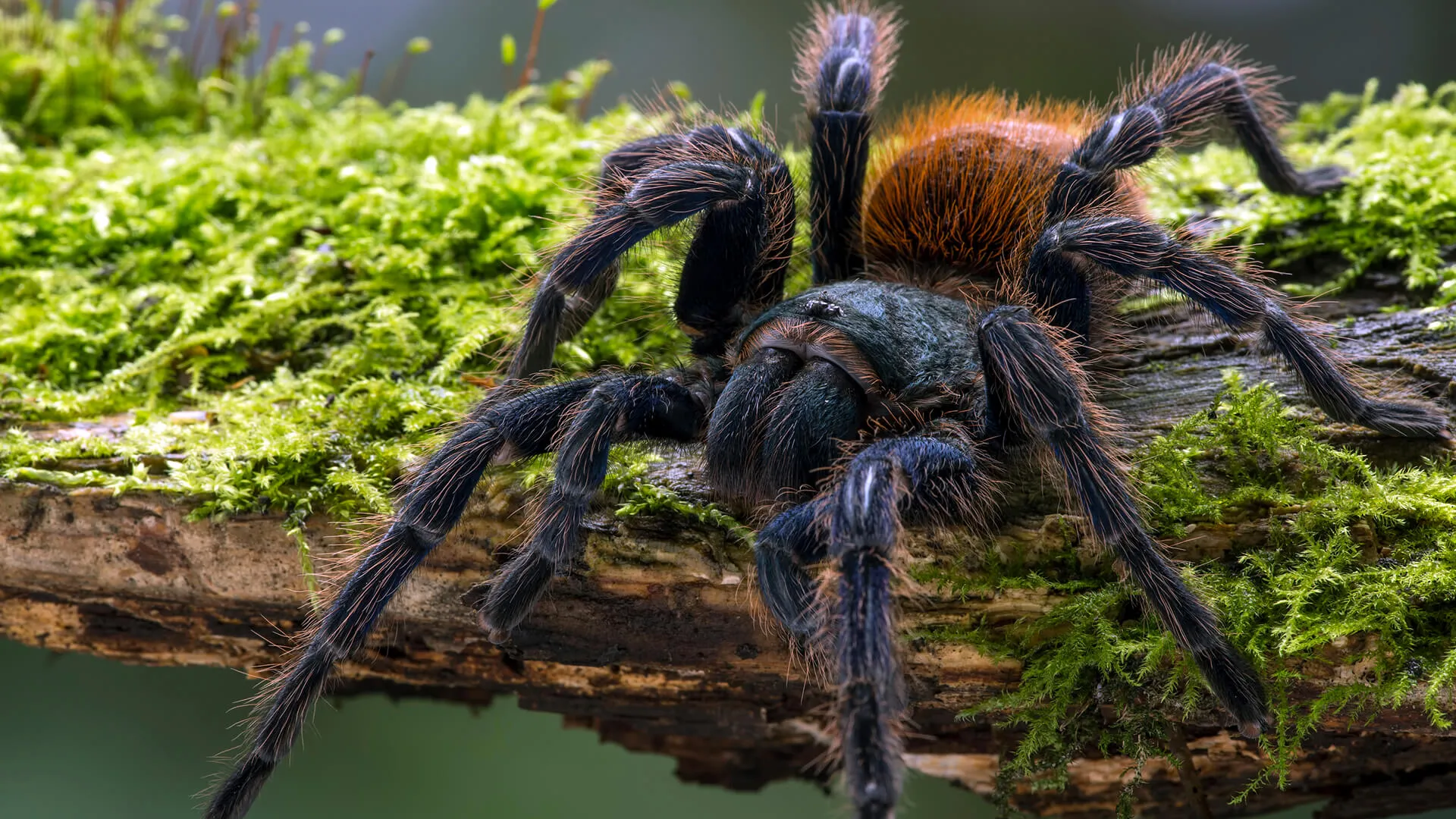
Like all arachnids, tarantulas have a body divided into two main parts: the cephalothorax (also known as the prosoma) and the abdomen (opisthosoma). The cephalothorax is the fused head and thorax, housing the spider’s brain, eyes, mouthparts, and legs. The abdomen is where the digestive and reproductive organs are located.
Carapace
The carapace is the dorsal (upper) surface of the cephalothorax. It is a hard, protective plate that provides structural support and shields the spider’s vital organs. The carapace’s shape, color, and texture can vary widely among tarantula species, contributing to their unique appearances. The carapace often features patterns or markings that help in camouflage or species recognition.
Abdomen
The abdomen is typically soft and flexible, allowing for expansion as the tarantula eats. The abdomen’s surface is covered in hairs, which can be either sensory or, in some species, urticating (irritating). The abdomen’s color and patterns are also significant in species identification and camouflage. The spinnerets, which produce silk, are located at the rear of the abdomen.
Legs and Pedipalps
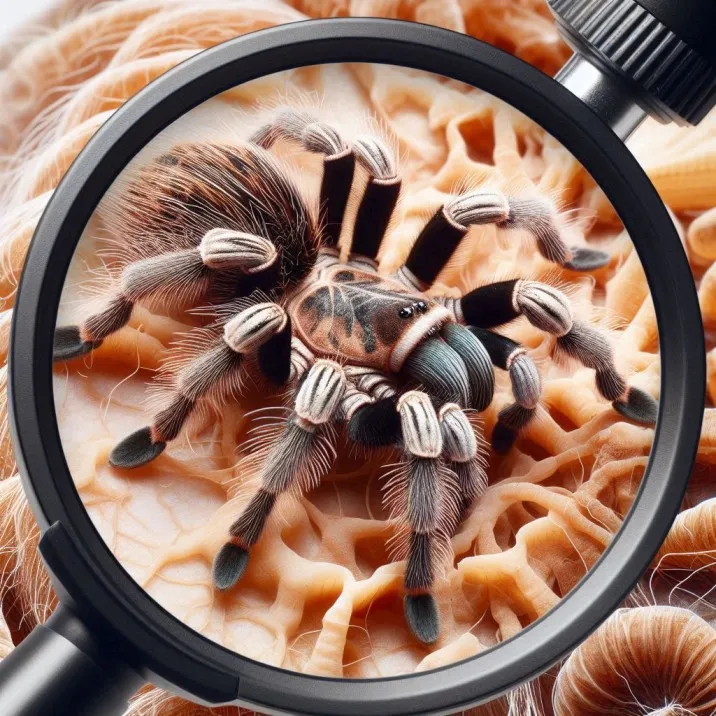
Tarantulas have eight legs, which they use for walking, climbing, and sensing their environment. In addition to their legs, they possess two pedipalps, which are often mistaken for small legs. These appendages have various functions, including sensing, manipulating food, and, in males, mating.
Legs features
The legs of a tarantula are covered in hairs and sensory bristles, allowing them to detect vibrations and navigate their surroundings. The legs’ size and proportions vary by species, often reflecting their lifestyle and habitat. Some tarantulas have long, slender legs adapted for climbing, while others have shorter, sturdier legs for burrowing. The legs’ coloration contributes significantly to the overall appearance of the spider.
Pedipalps function
Pedipalps are located near the mouth and are used for various purposes, including handling prey and sensing the environment. In adult male tarantulas, the pedipalps have modified structures, known as palpal bulbs, used for mating. The pedipalps of both males and females also serve as sensory organs, helping the spider understand its surroundings.
Color and Patterns
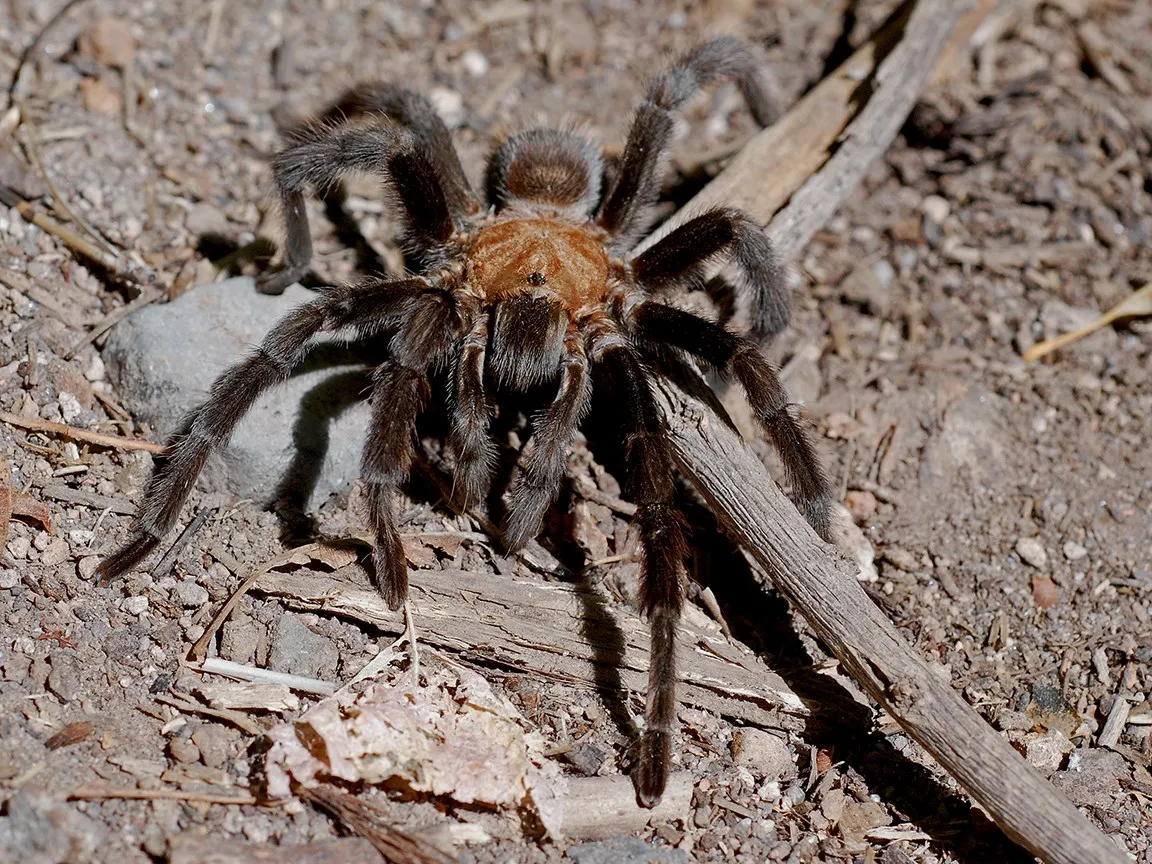
Tarantulas exhibit a wide array of colors and patterns, making them visually striking. These variations serve multiple functions, including camouflage, attracting mates, and species recognition. The colors can range from vibrant blues and oranges to more subdued browns and blacks.
Color Variations
The colors of tarantulas are determined by pigments in their exoskeleton and hairs. Some species are known for their stunning blue coloration, while others display intricate patterns of stripes, spots, or bands. The intensity and distribution of colors can vary within a species, influenced by factors such as age, genetics, and environmental conditions.
Unique Patterns
Many tarantula species have unique patterns that help them blend into their environment or distinguish them from other species. These patterns can include stripes, spots, mottling, or specific markings on the carapace or abdomen. The intricate patterns often serve as a form of camouflage, allowing the tarantula to ambush prey or avoid predators effectively.
Eyesight and Vision
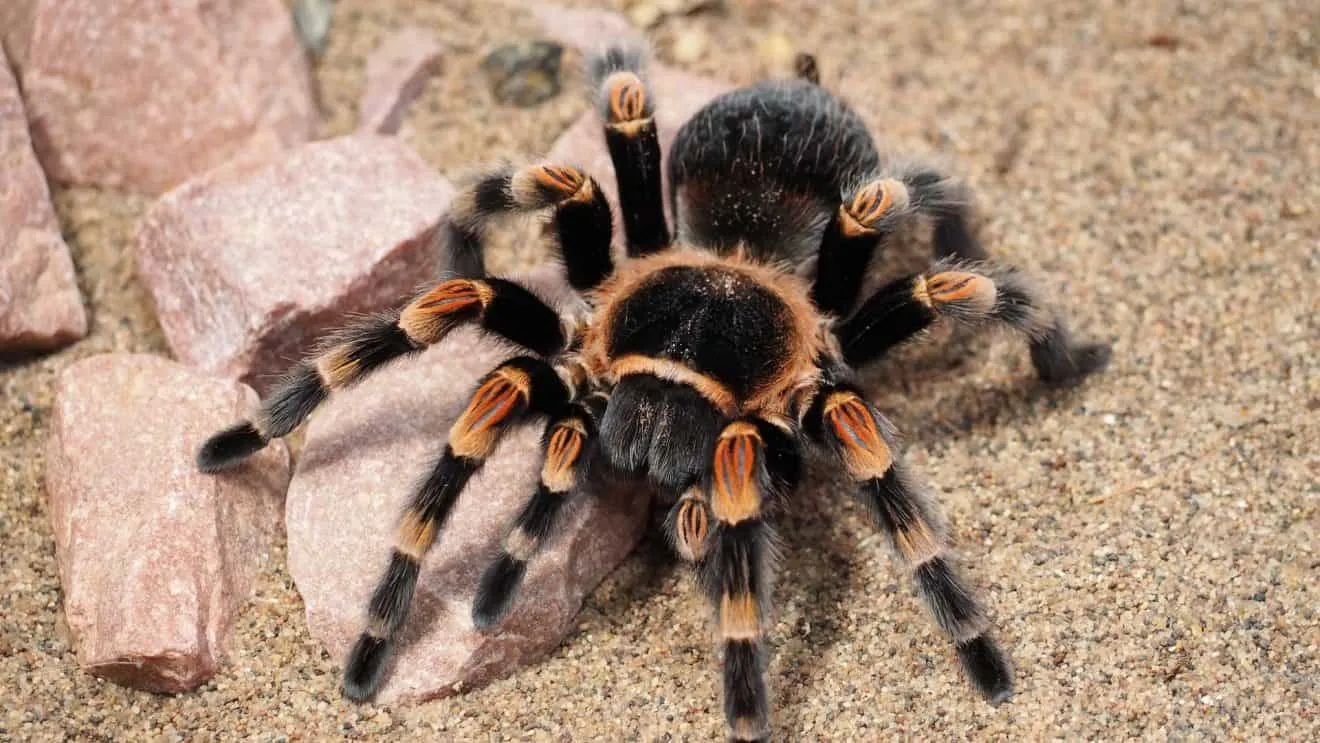
Tarantulas have eight eyes, arranged in specific patterns on their cephalothorax. While their eyesight is not as sophisticated as that of some other animals, it still plays a crucial role in their hunting and survival strategies. They primarily rely on their sense of touch and vibration to detect prey and navigate their surroundings, but vision is also important.
Eyes Arrangement
The eyes of a tarantula are typically arranged in two rows on the front of the cephalothorax. The specific arrangement and size of the eyes can vary between species, but the basic pattern is consistent. The position of the eyes allows the tarantula to perceive movement and light, helping it locate potential prey and avoid danger. The number of eyes is always eight, although not all eyes are equally developed.
Visual Capabilities
Tarantulas have relatively poor eyesight compared to humans, but they can still detect movement and perceive light and shadow. They are particularly sensitive to motion, which helps them identify potential prey and predators. Their vision is better suited for detecting objects at close range rather than distant details. The ability to see in low light conditions is also important for nocturnal hunters.
Exoskeleton and Molting
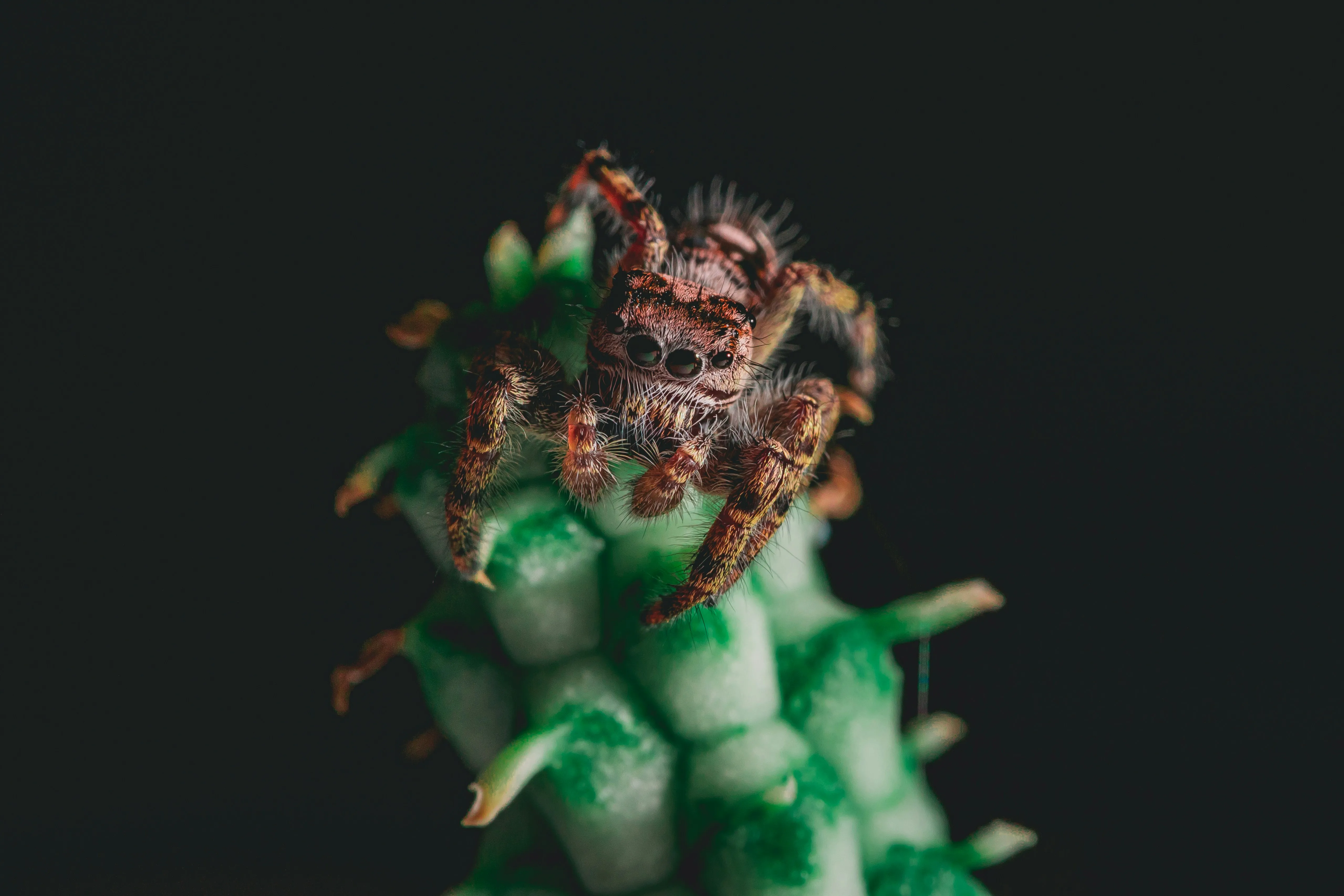
Tarantulas, like all arthropods, have an exoskeleton, a hard, external covering that provides support and protection. Because the exoskeleton does not grow, tarantulas must periodically shed it through a process called molting. This process allows them to grow larger and replace any damaged or worn structures.
Molting Process
Molting is a complex process where the tarantula produces a new, soft exoskeleton beneath the old one. The spider then absorbs fluids, causing its body to swell and split open the old exoskeleton. The tarantula slowly extracts itself from the old shell, leaving behind the discarded exoskeleton. The process can take several hours, during which time the tarantula is extremely vulnerable.
What to Expect After Molting
After molting, the tarantula’s new exoskeleton is soft and pliable, gradually hardening over several days or weeks. During this time, the spider is particularly susceptible to injury. Its colors may also appear more vibrant immediately after molting. Molting is a crucial part of a tarantula’s life cycle, enabling growth and the renewal of their external structures. The frequency of molting decreases as the tarantula matures.
Defensive Features
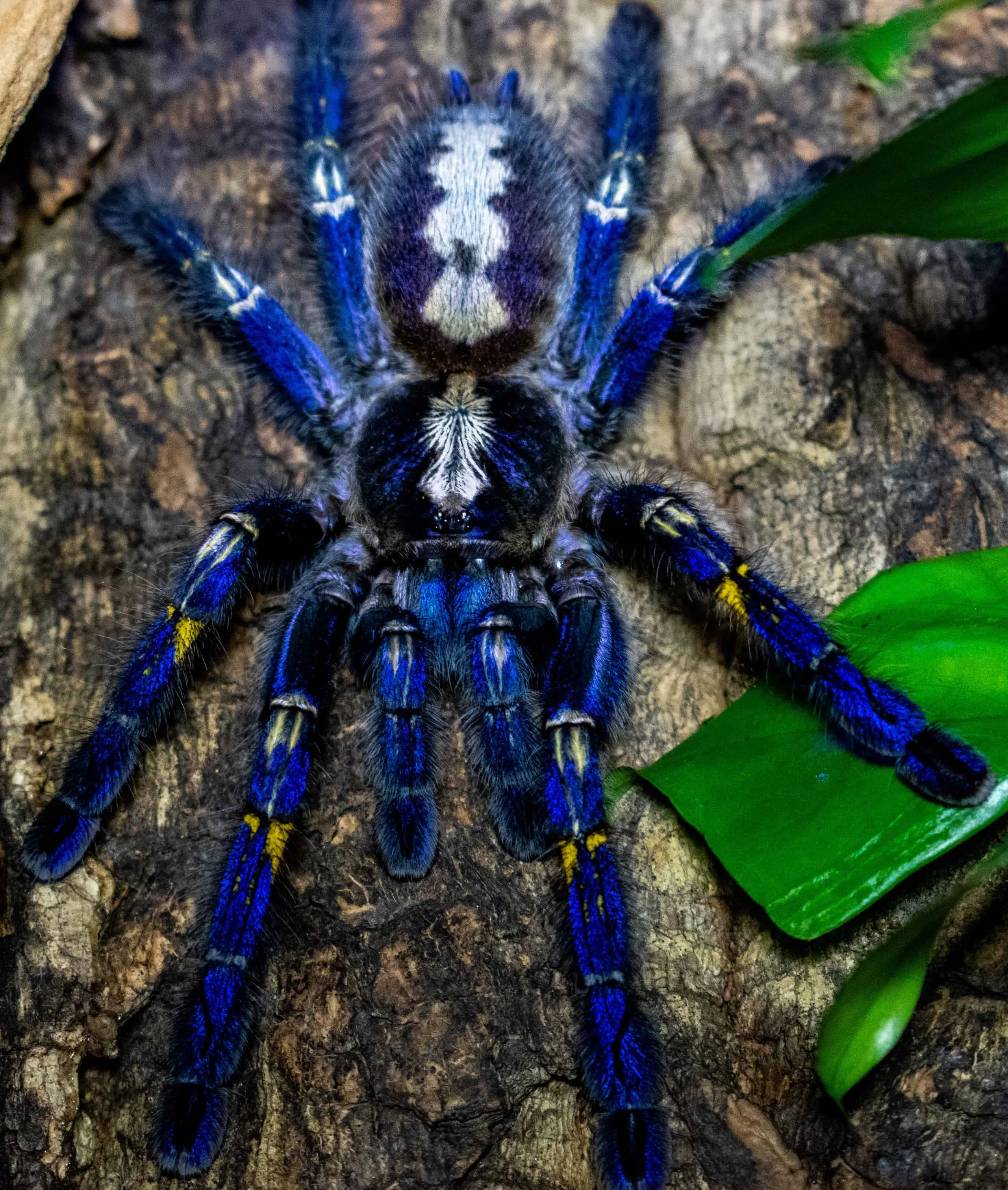
Tarantulas possess several defensive mechanisms to protect themselves from predators. These include urticating hairs and fangs with venom. These features help deter potential threats and ensure the spider’s survival.
Urticating Hairs
Many New World tarantula species have urticating hairs on their abdomen. These hairs are barbed and can be flicked off by the spider as a defense mechanism. When the hairs come into contact with the skin or eyes of a potential predator, they cause intense irritation and discomfort. The urticating hairs are an effective deterrent against many animals.
Fangs and Venom
All tarantulas have fangs (chelicerae) that they use to inject venom into their prey. While tarantula venom is generally not considered lethal to humans, it can cause pain, swelling, and other localized symptoms. The fangs are also used for defense, and a bite can be a painful experience. The size and shape of the fangs vary between species.
Overall Appearance and Impression
The appearance of a tarantula is a complex combination of its size, body structure, coloration, and defensive features. Their overall impression is one of a robust, often colorful, and sometimes intimidating creature. The diversity in their appearance reflects the variety of habitats they occupy and the evolutionary pressures they have faced. Appreciating the physical characteristics of tarantulas is essential to understanding these fascinating spiders.
